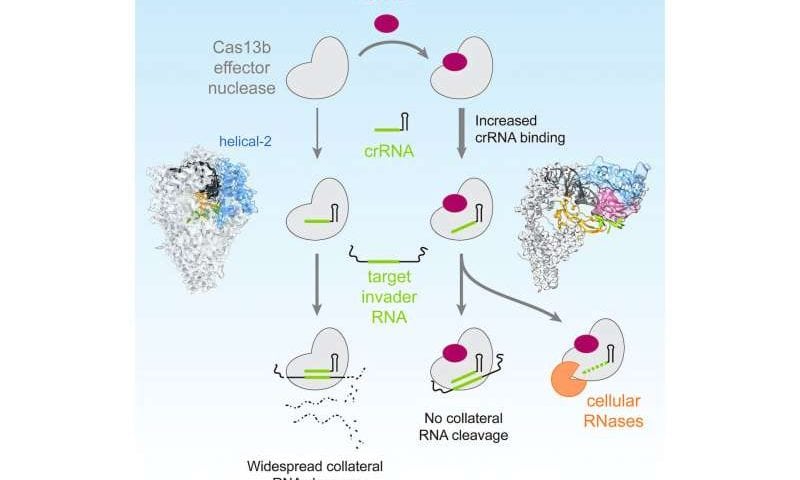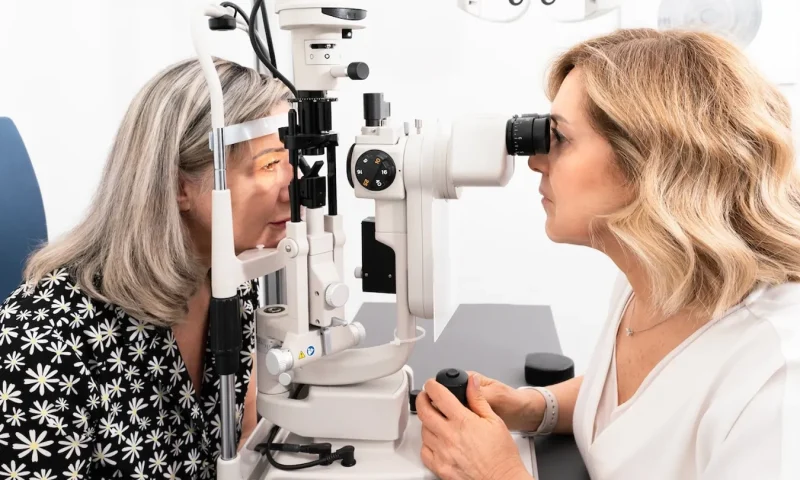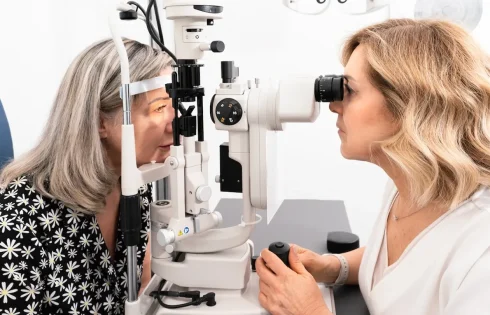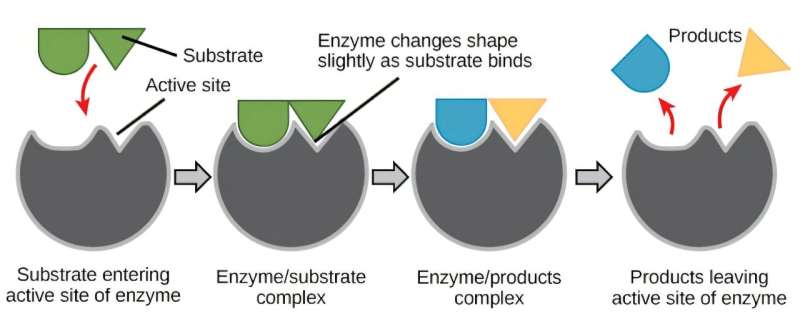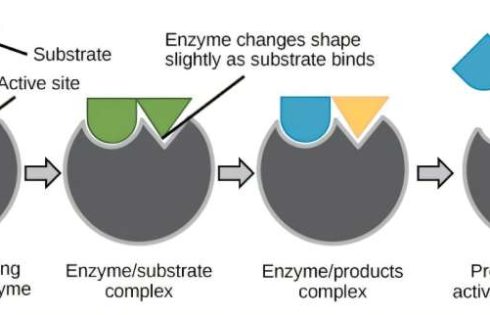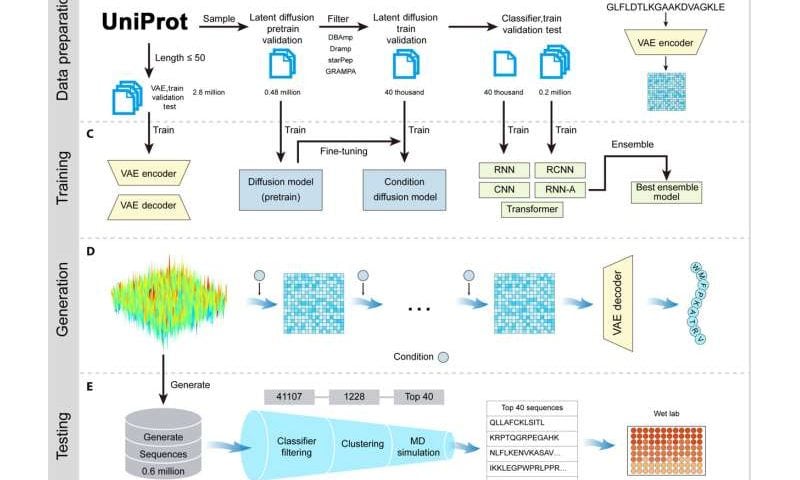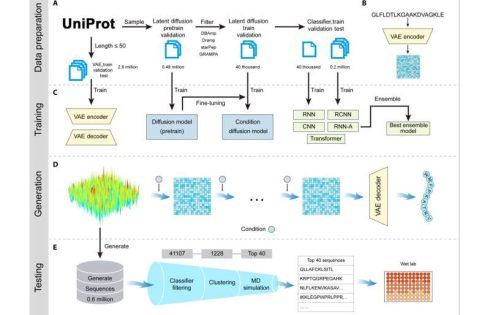
Colorado’s spending on highly effective but costly weight-loss drugs for state workers more than quadrupled from 2023 to 2024 — and costs have been doubling every six months.
Now, the state wants to scrap the benefit, arguing that it’s financially unsustainable.
But the potential removal of the popular benefit has sparked blowback among state workers. The state employees’ union argues ending coverage will cost the health plan in other ways — increasing spending on obesity-related diseases and leading to a less healthy workforce.
“[State employees] are very upset about this,” said Hilary Glasgow, executive director of the union, Colorado WINS. “Long-term obesity drives a lot of the major fatal diseases in America, and the employees I’ve talked to feel like they’re losing a lifeline that got thrown to them.”
The Colorado case underscores the broader struggle of states — many of which are facing budget shortfalls this year — that cover weight-loss drugs like Ozempic and Wegovy for state workers. Over the past three years, a growing number of states have taken leaps of faith in covering the expensive class of drugs, hoping that the benefit would lead to healthier workforces that would be less expensive to insure.
But with the number of prescriptions skyrocketing past projections — more than 1 in 10 Americans reported taking a GLP-1 drug, according to a May 2024 KFF Health Tracking poll — some states are limiting or ending the benefit.
At least two others — North Carolina and West Virginia — have already eliminated coverage due to cost concerns. That means state employees seeking the drugs for weight loss in those states will have to pay up to $1,500 a month for the treatments.
The issue is forcing states into difficult deliberations: Keep covering the drugs and risk depleting their budgets — and potentially increase premiums for everyone on their plans — or eliminate a benefit that many employees now rely on.
The dilemma also comes as states face their toughest budgetary pressures in years, in large part because federal cash they received during the pandemic has disappeared. And the Trump administration’s aggressive efforts to slash federal funding threatens to create further fiscal duress for states.
In a Fox News interview that aired Sunday, President Donald Trump lambasted the high price of the drugs.
“In London you get it for $88. In New York you get it for $1,200,” he said. “It’s very unfair.”
And if Trump follows through on his threat to impose tariffs on Denmark, the move could further drive up the costs of Ozempic and Wegovy, which are manufactured by Danish drugmaker Novo Nordisk — and create even greater fiscal challenges for state policymakers.
“The problem is the near-term cost is so high, and the benefits that you would gain are over a longer-term period,” said Charles Sallee, director of the New Mexico Legislative Finance Committee, which is exploring options to reduce the costs of covering the drugs for state employees. “But is that person still going to be in your health plan five years from now?”
Balancing costs and benefits
Because states can choose whether to cover GLP-1 drugs for weight loss, there is a patchwork of coverage for state employees across the country. At least 17 state employee health plans — an almost even mix of red and blue states — cover the drugs for weight loss, according to the Leverage Obesity Coverage Nexus.
The potential market for the drugs is massive — more than 40 percent of adults in the U.S. are obese — and has seen explosive growth. The number of Americans taking GLP-1s for weight loss rose more than 700 percent between 2019 and 2023, according to a recent study.
North Carolina opted to end coverage of the drugs for weight loss last year after estimating that the costs over the next six years could reach more than $1 billion. And West Virginia last year abruptly ended a subsidy program that helped state employees pay for the weight-loss drugs, saying the treatments were too expensive. Both states still cover the drugs for other conditions, like diabetes and cardiovascular disease.
Delaware started covering GLP-1s for weight loss for state employees in 2023, expecting to spend $1.8 million that year. The state ended up spending $14.2 million. For 2025, the plan expects to spend $52.8 million on weight-loss drugs.
The plan raised premiums 27 percent for fiscal year 2025 to address rising costs of prescription drugs and increased health care expenses overall. The state committee that manages the health plan has had discussions about limiting, or potentially ending, coverage. But adding restrictions raises another risk: Drugmakers might threaten to pull back tens of millions of dollars in rebates that plans receive for offering coverage.
“Once you’ve done it, it is difficult to take it away,” said Shaun O’Brien, a member of the Delaware State Employee Benefits Committee and the policy director of the American Federation of State, County, and Municipal Employees.
The health plan for New Mexico’s nearly 60,000 state and local government workers is projecting a $85 million budget shortfall in fiscal year 2025, according to a presentation from the state Health Care Authority obtained by POLITICO. The agency, which runs the plan, estimates GLP-1 costs for weight loss alone may exceed $20 million in 2025.
The Health Care Authority is projecting a $87 million budget shortfall and a more than 10 percent increase in drug spending in fiscal year 2026, largely driven by GLP-1 costs, according to the presentation. That means the plan would need a 29 percent premium increase in 2026 to cover the rising costs of medical and prescription drug claims.
New Mexico is struggling to contain the costs without ending coverage, said Sallee, the director of the Legislative Finance Committee. The panel is working with the Health Care Authority on options — including more restrictions on who can access the drugs, like a higher BMI threshold.
“Taking away what is widely seen as a highly effective drug at helping people lead healthier lives purely based on cost of a drug could be challenging,” said Sallee. “We should be working on getting better prices for the drugs.”
The committee has also floated purchasing compounded versions of the drugs, which can be cheaper than brand-name versions sold by drugmakers like Novo Nordisk and Eli Lilly. Compounded drugs contain the same basic ingredients as the brand-name versions, but the FDA doesn’t review them for safety and efficacy, posing risks for states looking to purchase them directly.
Colorado’s state employee union is trying to get Democratic Gov. Jared Polis to keep coverage of the drugs, which his administration proposed scrapping in its latest budget request. The state is facing a $1 billion budget shortfall, and the threat of suspension of some federal funding is compounding the financial challenges. Colorado WINS and the governor’s office are weighing how to continue covering the drugs against how much premiums might increase for everyone on the plan due to rising costs.
“To eliminate GLP-1s is short-sighted because of the cost of life-saving drugs later on for things like heart disease, cancer — the myriad of diseases that are driven by obesity or have obesity as a factor,” said Glasgow, the union executive director.
“Going in the wrong direction”
Connecticut’s state employee health plan last year took an experimental approach to coverage — requiring employees to enroll in a lifestyle management program called Flyte before receiving the medications. The program offers tools for weight management and personalized care plans. The state hoped adding the requirement would reverse the drugs’ cost trend, which was projected to reach $30 million in 2023.
The program showed early success in reducing the number of GLP-1 prescriptions, cutting the cost trend in half. The experiment also offered a potential road map for other organizations working through how to afford the drugs.
And clinically, the program has been a success: Enrollees have had a 16 percent drop in weight and BMI and a 14 percent drop in blood pressure. The outcomes have led to a happier and more productive workforce, said Connecticut State Comptroller Sean Scanlon.
But 19 months in, more and more state employees are enrolling in the program. Between October and January, more than 3,500 state employees joined Flyte, bringing the total to nearly 12,000 members. And while the program initially slashed the state’s $30 million cost for the drugs in half, those costs are creeping back up. The state now projects it will spend $23 million on the treatments in fiscal year 2025.
“Our cost trend is kind of now going back in the wrong direction,” said Scanlon. “But at the end of the day, I still believe that this is the right policy.”








